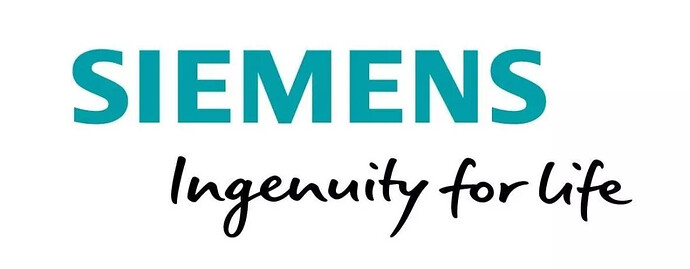For those familiar with Jin Yong’s martial arts novels, the “Five Masters of Mount Hua” are no strangers. “Eastern Heretic, Western Poison, Southern Emperor, Northern Beggar, and Central Divine” refer to Huang Yaoshi (the eccentric master of Peach Blossom Island), Ouyang Feng (the ruthless master of White Camel Mountain), Yideng (the compassionate monk from the Dali royal family), Hong Qigong (the fun-loving beggar leader of the Beggars’ Sect), and Wang Chongyang (the founder of the Quanzhen Sect). As a fan of the Legend of the Condor Heroes trilogy, I am particularly fond of these characters.
The Five Masters of Mount Hua in the Martial Arts World
These five are martial arts masters with exceptional skills, each having a unique approach to handling situations. Huang Yaoshi is known for his pride and disregard for convention; Ouyang Feng is merciless and obsessed with martial arts, yet operates with a strong sense of righteousness in his actions; Yideng, the embodiment of compassion, symbolizes positive energy; Hong Qigong, despite being the Beggars’ Sect leader, is a lovable rogue with a sharp mind and a hearty appetite, showing wisdom expected of his age; and Wang Chongyang, a patriotic and principled man, is known for his noble qualities.
Similarly, in the world of simulation software, there are also “Five Masters,” companies that dominate the global CAD design, CAE simulation, and PLM markets. Today, we reflect on these giants in the simulation world, paralleling them with the “Five Masters” in martial arts, offering some light-hearted commentary. Each person may define their own “Five Masters,” but I’ve directly chosen the five key players: ANSYS, Siemens, Dassault Systems, Altair, and MSC Software. These companies hold significant influence in the industry, not just in terms of history, technical strength, ecosystem development, and mergers and acquisitions.
Eastern Heretic – Dassault SIMULIA
Headquartered in Rhode Island, USA, near the renowned Brown University, Dassault Systemes’ flagship product, ABAQUS, is a powerful simulation software that, like Huang Yaoshi’s “Finger Flicking Skills,” is widely regarded as one of the best in nonlinear simulation. SIMULIA, as a core product of the 3D EXPERIENCE platform, has seen increasing business growth and is now one of the top leaders in industrial software. Their slogan, “The highest mountain, the farthest road, the widest sky, the deepest sea,” reflects Dassault’s global reach.
Western Poison – ANSYS
ANSYS, initially from Westinghouse Electric in the USA, is a well-established name in the industry. Headquartered in Pittsburgh, Pennsylvania, ANSYS is recognized for its powerful simulation capabilities, particularly with its flagship software, Workbench, and the market-leading fluid simulation software, Fluent. The company’s slogan, “Everywhere a Promise, Realize Your Product Promise,” reflects its strong global presence. In September 2021, ANSYS acquired LS-DYNA, a major leap in enhancing its nonlinear and crash simulation capabilities. This acquisition strengthens ANSYS’s market position, especially in nonlinear analysis.
Southern Emperor – MSC Software
MSC Software, headquartered in Newport Beach, California, has deep roots in aerospace and has been an industry leader for decades. Its core product, MSC NASTRAN, was initially developed with support from NASA, gaining early market recognition. Though it has lost its leadership position, MSC Software remains a significant industry player. Acquired by Hexagon in 2017, MSC Software is poised for a new phase, fueled by smart and digital technologies.
Northern Beggar – Altair
Based in Troy, Michigan, Altair was founded by three engineers from Ford Motor Company. Initially serving the automotive industry, Altair has grown into a key player in the CAE software market, especially with its flagship software, HyperMesh. Recently, Altair made waves by acquiring EDEM, a leader in discrete element modeling software, a move that shook the industry. This acquisition significantly expands Altair’s simulation capabilities in materials and particle-based simulations.
Central Divine – Siemens
Siemens, a global industrial giant, is akin to a “Divine Master” in the industry. It has strategically positioned itself at the forefront of digital transformation. While General Electric (GE) has struggled in this space, Siemens has excelled by leveraging its broad range of digital products, from NX for digital design to Simcenter for simulation. Siemens’ integrated approach covers design, simulation, manufacturing, and cloud services, making it a powerhouse in industrial software.
Conclusion
The “Five Masters” of the simulation world, just like their martial arts counterparts, are the giants that define the industry. As each company continues to innovate, acquire, and expand its reach, the competition in the market remains intense. For the domestic industry, there is still much to strive for, but the future holds great potential for change and progress. Who knows? Perhaps one day, the “Five Masters” may evolve and new players will emerge, shaking up the simulation landscape.





